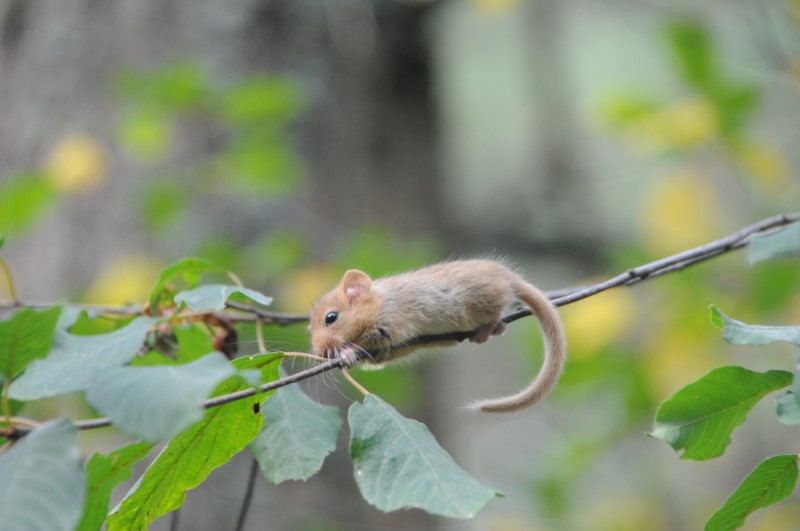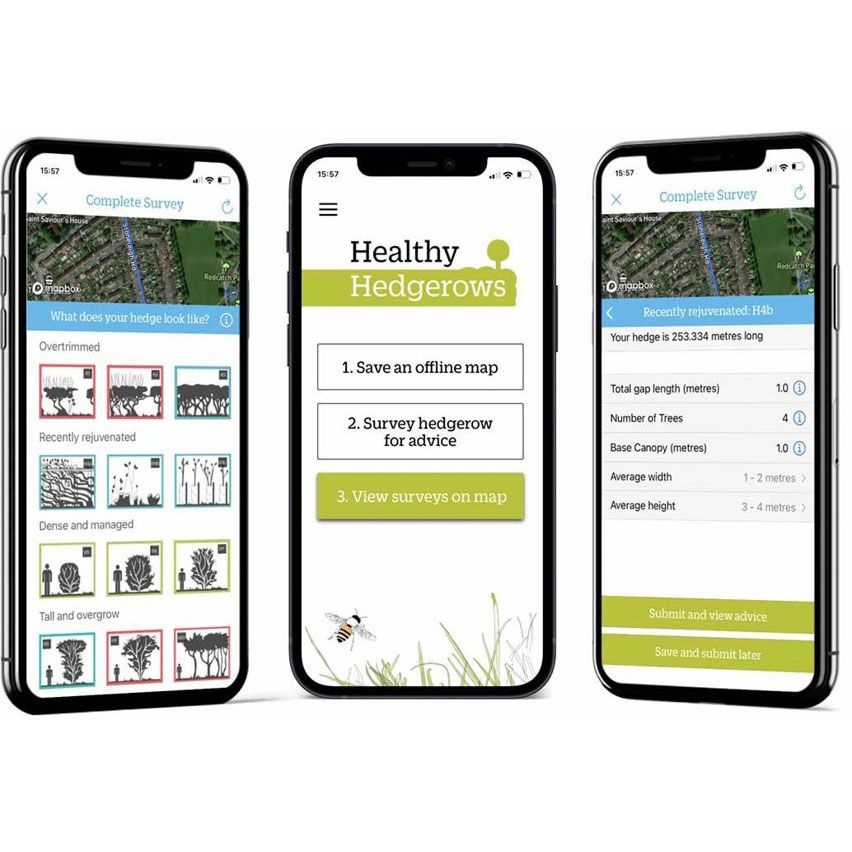Bountiful supplies of berries and slightly cooler days herald the start of autumn. It’s a busy time of year for dormice, hunting for ripe hazelnuts, blackberries, or the odd sloe kernel, in preparation for hibernation from October onwards. The earlier evenings mean we could be more likely to catch a glimpse of this elusive and endearing nocturnal species.
Wide-ranging benefits
Hedgerows can provide a vitally important habitat for dormice. They link up patches of suitable coppiced woodland, or act as breeding and hibernation sites of their own accord. Bramble or honeysuckle in the hedge provide wonderful nesting habitat and materials and a diversity of plants give dormice access to a smorgasbord of meals to choose from. This diversity of food sources is essential as dormice are successional feeders: their diet changes throughout the year. Being arboreal, dormice travel across branches and so gaps in hedges could reduce the suitability of the hedgerow habitat.
How should I cut my hedge?
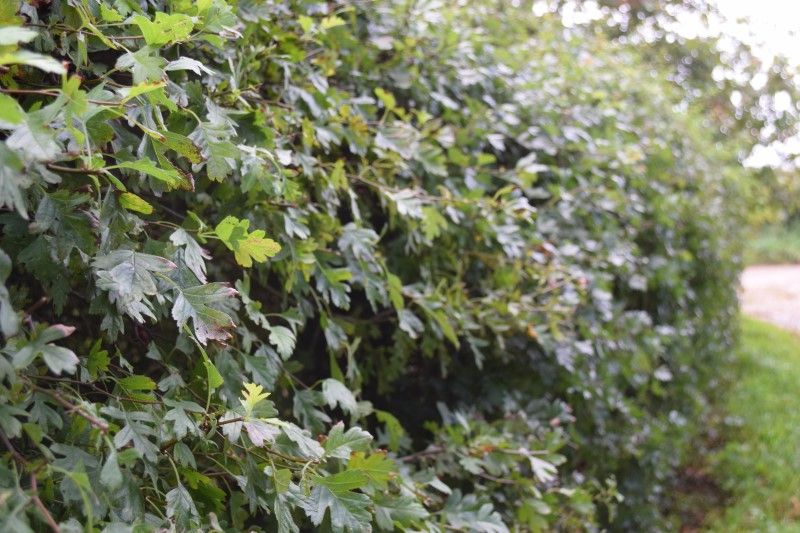
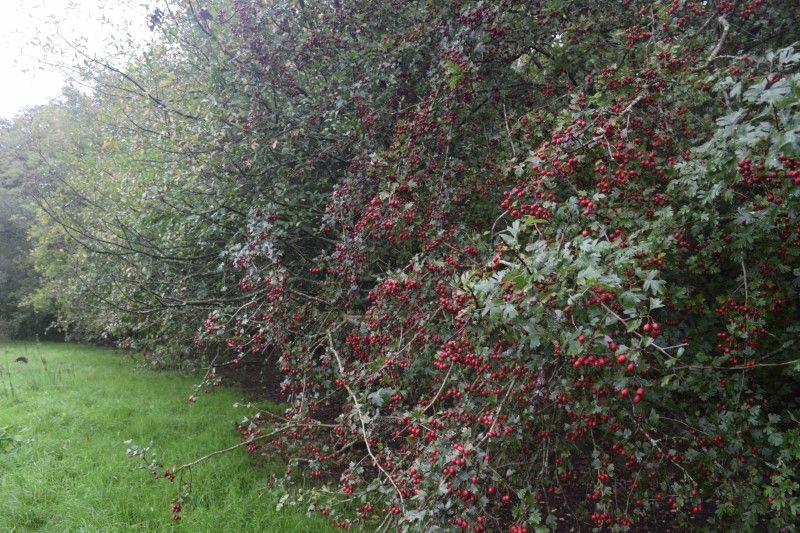
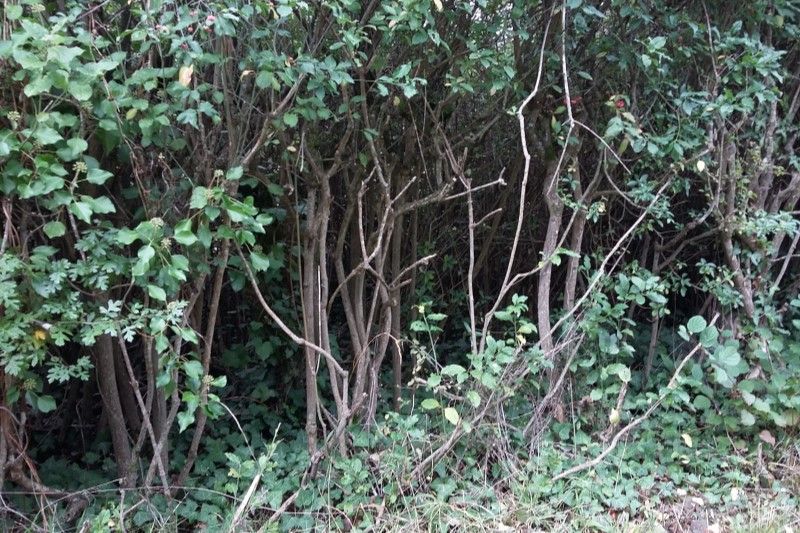
Hedgerow management for dormice is subsequently tailored toward maintaining tall dense hedges, with few gaps, and a really good plant diversity. Keeping hedges healthy into the long-term means recognising them as a rich and dynamic habitat mosaic that should be managed in a lifecycle. By cutting the hedgerow shrub layer slightly higher and wider than the previous trim line, structural deterioration is prevented. Vegetation density growing thin at the base of a hedge is a clear sign that it’s time to rejuvenate the hedge through coppicing or laying to restore its vitality. Cutting hedges on rotation so that only a portion of hedges are cut in any one year, maintains a steady supply of flowers, berries and nuts for dormice and other wildlife.
The Great British Hedgerow Survey
To help survey hedgerow health, PTES has developed the Great British Hedgerow Survey. Taking about 20 minutes per hedge, the survey provides a detailed medical exam of sorts for each of the habitat layers within a hedge: woodland, scrub, hedge margin. Questions focus on the hedge structure, its location in the hedge lifecycle, as well as other features like plant species diversity and whether nutrient enrichment is taking place. When the data’s added to the hedgerow survey website, bespoke management advice is generated which can be applied on the ground.
Healthy Hedgerows
If short on time, the Healthy Hedgerows app is an even speedier version of the survey. Developed through a Green Challenge Recovery Fund project ‘Close the Gap’, data collected through six simple questions linked to hedge structure, the number of trees and so on, again recommends management options tailored to the hedge in question.
The National Dormouse Footprint Tunnel Survey
We don’t yet know all of the answers as to how dormice use hedges. What size of hedgerow gap will they tolerate? Which structural stages in the hedgerow lifecycle will dormice use to navigate the landscape? The new National Dormouse Footprint Tunnel Survey hopes to shed light on some of these questions. Footprint tunnels will be used to detect the presence of dormice in hedgerows. Simultaneously completing the Great British Hedgerow Survey should paint a clearer picture of which hedgerows are being used and why?
In the meanwhile, managing hedges according to their lifecycle and being sensitive to when a hedge needs rejuvenating, can help to preserve this incredible habitat for centuries to come.
Find out more about our hedgerow surveys:

